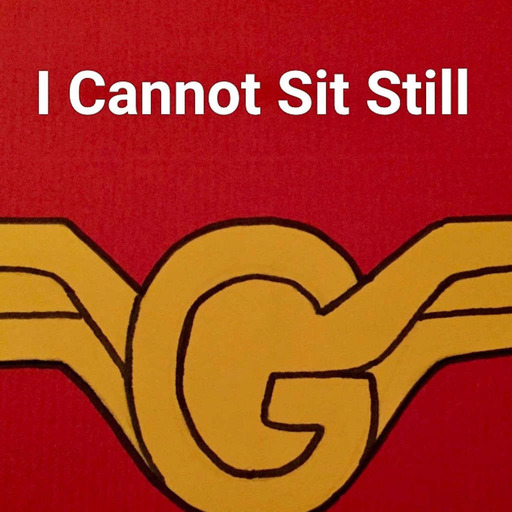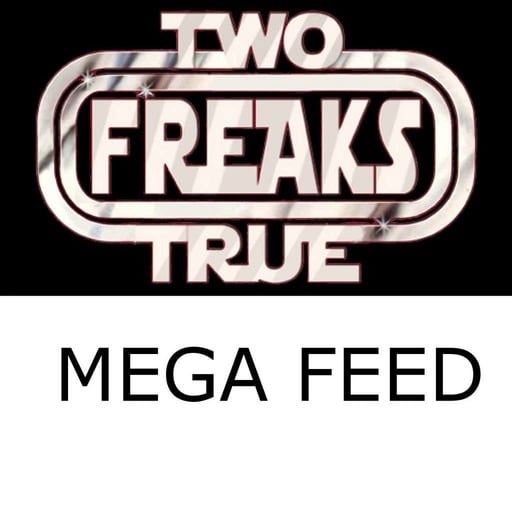In 1916, Mourning Dove gave an interview that described the book she had written as soon to be published, but it turned out to still be years away. Part two covers the years it took to get that book published, and her life after it.
Research:
- American Folklore Society. “Mourning Dove (Hum-ishu-ma / Christine Quintasket).” https://notablefolkloristsofcolor.org/portfolio/mourning-dove-hum-ishu-ma-christine-quintasket/
- Arnold, Laurie. “More than Mourning Dove: Christine Quintasket—Activist, Leader, Public Intellectual.” Montana The Magazine of Western History, Spring 2017, Vol. 67, No. 1. Via JSTOR. https://www.jstor.org/stable/26322854
- Brown, Alanna Kathleen. “Mourning Dove's Voice in ‘Cogewea.’” Wicazo Sa Review , Autumn, 1988, Vol. 4, No. 2 (Autumn, 1988). https://www.jstor.org/stable/1409273
- Brown, Alanna Kathleen. “The Evolution of Mourning Dove’s Coyote Stories.” Studies in American Indian Literatures , Summer/Fall 1992, Series 2, Vol. 4. Via JSTOR. http://www.jstor.com/stable/20736610
- Brown, Alanna Kathleen. “The Evolution of Mourning Dove’s Coyote Stories.” Studies in American Indian Literatures , Summer/Fall 1992, Series 2, Vol. 4. Via JSTOR. http://www.jstor.com/stable/20736610
- Brown, Anna Kathleen. “Reviewed Work(s): Coyote Stories by Mourning Dove and Jay Miller; Mourning Dove: A Salishan Autobiography by Jay Miller.” Studies in American Indian Literatures, Series 2, Vol. 3, No. 2. Via JSTOR. https://www.jstor.org/stable/20736517
- Center for the Study of the Pacific Northwest. “Texts by and about Natives: Commentary. 9. Christine Quintasket (Mourning Dove or Humishuma).” University of Washington. https://www.washington.edu/uwired/outreach/cspn/Website/Classroom%20Materials/Reading%20the%20Region/Texts%20by%20and%20about%20Natives/Commentary/9.html
- Johnson-Roehr, S.N. “Christine Quintasket.” JSTOR Daily. 10/10/2022. https://daily.jstor.org/christine-quintasket/
- Karell, Linda K. “’This Story I Am Telling You Is True’: Collaboration and Literary Authority in Mourning Dove's ‘Cogewea.’” American Indian Quarterly , Autumn, 1995, Vol. 19, No. 4. https://www.jstor.org/stable/1185559
- Kennedy, Kara and Sarah Werner. “Cogewea’s Blog: An Analysis of One of North America’s First Novels Written by a Female Indigenous Author.” 7/31/2010. https://cogewea.wordpress.com/
- Lamont, Victoria. “Native American Oral Practice and the Popular Novel; Or, Why Mourning Dove Wrote a Western.” Source: Western American Literature , Winter 2005, Vol. 39, No. 4. Via JSTOR. https://www.jstor.org/stable/43022337
- Miller, Jay. “Mourning Dove: Editing in All Directions to "Get Real".” Studies in American Indian Literatures , Summer 1995, Series 2, Vol. 7, No. 2. Via JSTOR. https://www.jstor.org/stable/20736849
- Montana Outdoor Hall of Fame. “Michael Pablo 1844-1914, Charles A. Allard 1852-1896.” https://mtoutdoorhalloffame.org/wp-content/uploads/2019/11/Charles-Allard.pdf
- Mourning Dove. “Coyote Stories.” Edited and illustrated by Hester Dean Guie, with notes by L.V. McWhorter (Old Wolf) and a foreword by Chief Standing Bear.” University of Nebraska Press. 1934 (Reprinted 1990).
- Mourning Dove. “Mourning Dove: A Salishan Autobiography.” Edited by Jay Miller. University of Nebraska Press. 1990.
- Nisbet, Jack and Claire. “Mourning Dove (Christine Quintasket) (ca. 1884-1936).” HistoryLink.org. 8/7/2010. https://www.historylink.org/File/9512
- Spokane Spokesman-Review. “Colville Indian Girl Blazes Trail to New Conception of Redmen in Her Novel, ‘Cogewea,’ Soon to be Published.” 4/9/1916. https://www.newspapers.com/image/566560963/
- Strong, Robert. “5 – The Uncooperative Primary Source: Literary Recovery versus Historical Fact in the Strange Production of Cogewea”. Keshen, Jeff, and Sylvie Perrier. Building New Bridges - Bâtir de nouveaux ponts: Sources, Methods and Interdisciplinarity - Sources, méthodes et interdisciplinarité. Ottawa: Les Presses de l’Université d’Ottawa | University of Ottawa Press, 2005. (pp. 63-72) Web. http://books.openedition.org/uop/1064.
- The Hill County Sunday Journal. “Kinnikinnick; What Was It? It Answered For Tobacco But Some Claim It Wasn’t. “ 9/25/1928. https://www.newspapers.com/image/958129012
- S. President. “Executive orders relating to Indian reservations : from May 14, 1855 to July 1, 1912.” Washington. 2012. https://archive.org/details/cu31924097621753/page/n206/mode/1up
See omnystudio.com/listener for privacy information.


 Emissions
Emissions











